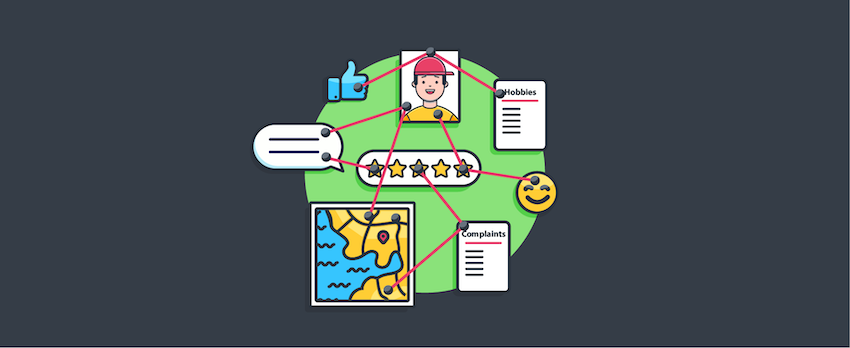The definition of a customer seems so obvious in B2C relationships that we often don’t bother to define it. Amidst the complexity of B2B relationships, however, this lack of precision can lead to all kinds of confusion and lack of clarity.
In B2B points of view from different functions and lines of business of the company compete for resources. A solid definition of a customer helps companies understand their purpose and execute towards it in alignment with each other.
There is only one boss. The customer. And he can fire everybody in the company from the chairman on down, simply by spending his money somewhere else.
Sam Walton
Some of the works that have been most influential in my view of the customer
Here is how I have come to define a Customer:
A Customer is a person, or organization of persons, who chooses to use your offering to meet their needs and/or achieve their goals.
I also keep handy a definition for a Reliable Customer:
A Reliable Customer regularly chooses your offering, not only because it has previously played a positive role in their value creation process, but because they subjectively anticipate that it will do so again better than the other options (they are aware of being) available to them.
(I have stopped using the term “loyal customer” because it translates poorly to B2B contexts and it inflates what you can reasonably expect from consumers in B2C contexts too.)
Implications
I think these definitions imply some mindsets that are common in organizations with a high degree of customer centeredness, and are lacking in most (all, in my experience) “traditional” organizations:
- Customers value your offering primarily for its use in addressing their needs and goals – not necessarily for the features and functions you think are the differentiators
- Your offering is of no value to your Customers until/unless they can use it to create value in their business – you should not celebrate your sale until they are celebrating their success
- Everything that makes it more difficult for your Customers to create value with your offering increases the cost (at least in time and serenity) of selecting and using your offering over the alternatives – and this kind of friction affects the subjective value Customers attributes to your offering
- When there is enough dissatisfaction with the whole experience of selecting and using your offering, Customers will start looking for alternatives, thereby increasing the number of other options they are aware of that can be used for their need
Understanding your customers’ needs and goals, empathizing with their value creation (B2B) or value consumption (B2C) processes, not only helps you serve them better, it is essential for anticipating their needs, innovating new offerings, and for aligning company activities and targets to shared and meaningful outcomes.

1 comment so far